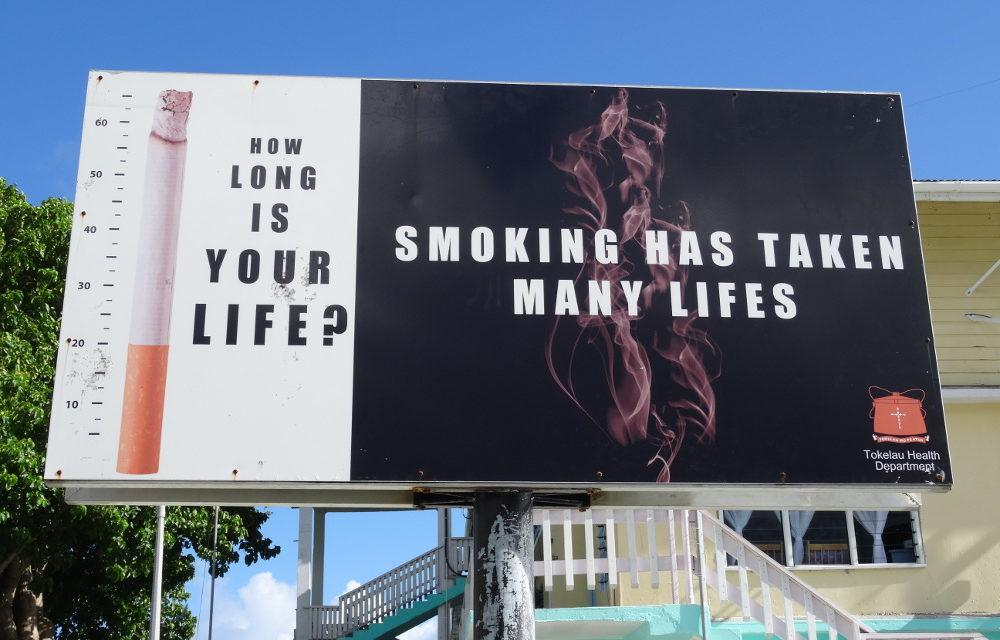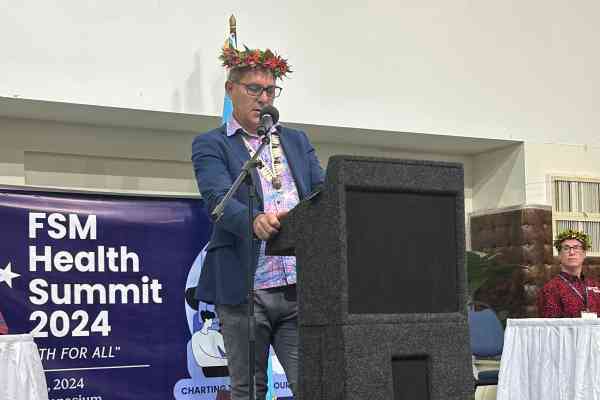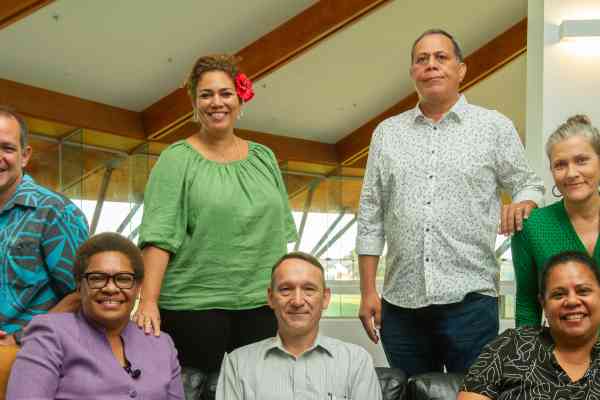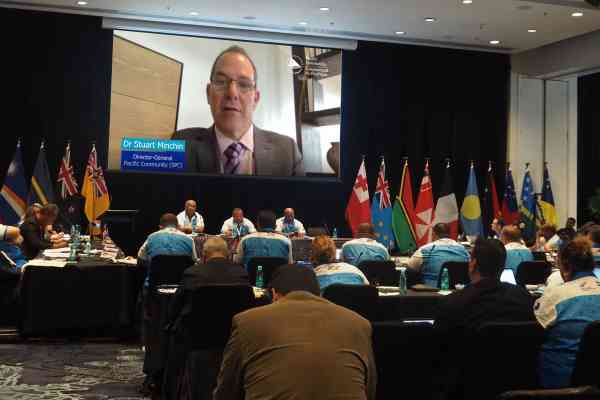World No Tobacco Day falls on 31 May every year, highlighting the health and other risks associated with tobacco use, and promoting effective policies to reduce tobacco consumption. It is a grim fact that tobacco use kills seven million people every year.
Despite some successes in bringing down smoking rates in some Pacific Island Countries and Territories (PICTs), the Pacific continues to have some of the highest smoking rates in the world. Approximately half of the adult population smokes daily in Kiribati, Tokelau, Nauru, New Caledonia, Papua New Guinea, and Wallis and Futuna.
The 2018 focus for Wold Tobacco Day is ‘Tobacco and heart disease’, highlighting the strong connection between tobacco use and the development of cardiovascular diseases and other serious diseases such as cancers. Today, cardiovascular disease (including heart attacks, stroke and coronary heart disease) is the most common cause of death in PICTs. The proportion of deaths that are due to cardiovascular disease ranges from 21% in Papua New Guinea to 42% in Fiji.
However, it is not just the health of Pacific people that is threatened. Tobacco use costs national economies substantially through increased health services and reduced productivity from premature deaths resulting from diseases such as heart disease and cancer. It is the world’s leading preventable cause of death contributing to approximately 12% of all heart diseases deaths.
The Pacific Community (SPC) is working closely with WHO and the McCabe Centre for Law and Cancer to assist PICTs with their tobacco control programmes at both regional and national level. This has included support for strengthening tobacco control legislations in Federated States of Micronesia and American Samoa; establishing smoking cessation program in Wallis and Futuna and American Samoa; raising awareness on tobacco control in the Pacific and monitoring the implementation of policy and legislations related to tobacco using the Pacific Monitoring Alliance for NCD Action (MANA) Dashboard.
PICTs recognise the burden and costs of tobacco-related harm and are taking action. In recent years, several PICTs have increased taxes on tobacco products and seven have reached the Pacific NCD Roadmap taxation target of 70% of the retail price being tax. In addition, there has been strengthened tobacco control legislation covering areas such as packaging and labelling, smoke-free public places and restrictions on tobacco advertising, promotion and sponsorship at national level.
At the Pacific Health Ministers Meeting (PHMM) in 2017 in the Cook Islands and Pacific Heads of Health Meeting (PHOH) in 2018 in Fiji, Leaders committed to strengthening national legislation to ensure that PICTs are compliant with the Framework Convention on Tobacco Control (FCTC). In addition, they committed to meet or exceed the Roadmap taxation target with the aim of dramatically reducing the affordability of tobacco and to help achieve the goal of a ‘Tobacco Free Pacific’ by 2025.
While considerable actions have been taken, it is recognised that progress is insufficient to address the burden and to meet target 3.4 of the SDGs on NCDs. Further action to accelerate implementation is urgently needed to prevent and reduce tobacco use through innovative tax policy, plain packaging and graphic warnings, better control of tobacco licensing and sales, and more.
Tobacco use is acting like an anchor for our region, keeping the Pacific from reaching its full potential. It is long past time to free ourselves of this deadly weight.




